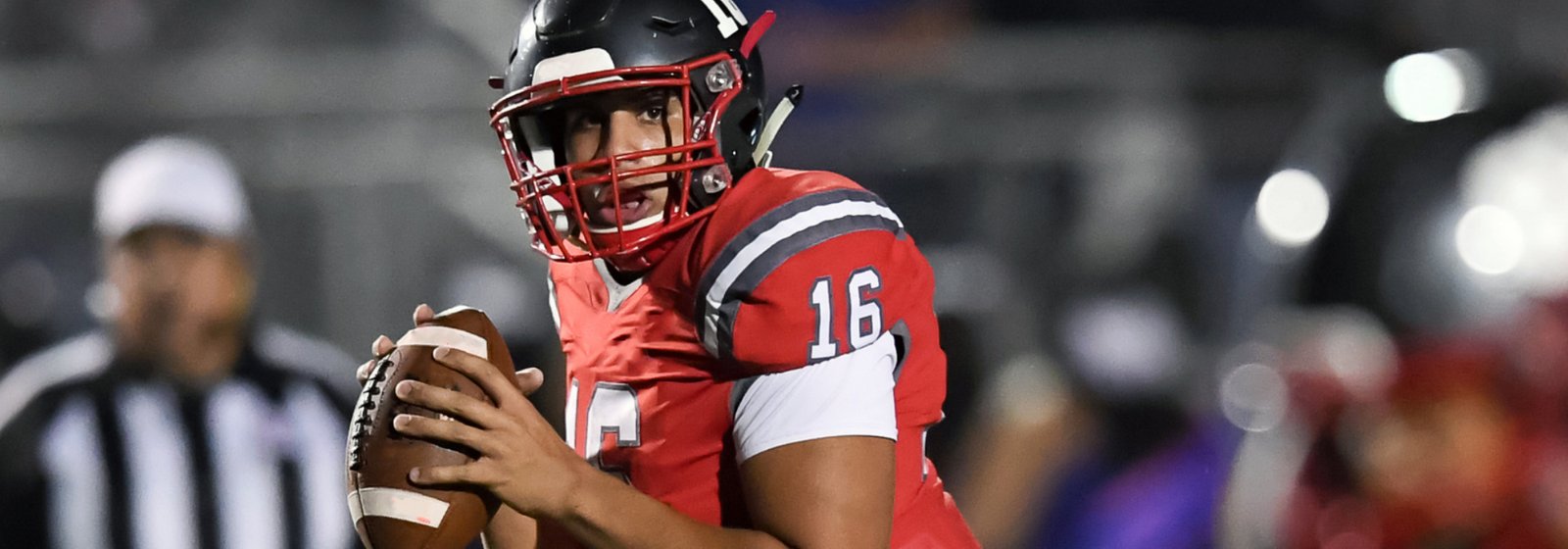
Sport Vision Training is a specialized training program designed to enhance athlete’s visual skills and cognitive abilities to elevate their performance. By focusing on areas such as visual awareness, processing speed, depth perception, visual acuity, eye hand coordination, and reaction speed, just to name a few. Sport Vision Training aims to give athletes a competitive advantage over their peers. Through targeted exercises and drills aims to optimize an athlete’s visual system, enabling them to make quicker and more accurate decisions, react faster, and perform at a higher level in their respective sports.
Sports vision training provides athletes with a unique advantage that goes beyond traditional strength and conditioning programs. The ability to react quickly and process visual information efficiently plays a crucial role in sports like football, baseball, wrestling, tennis, and many others. In these sports, the difference between success and failure can often come down to split-second decisions and precise timing. While physical talent is undoubtedly important, superior processing and reaction speed can often be the differentiating factor between making a team or winning a gold medal. Sports vision training aims to enhance an athlete’s visual skills, enabling them to see and track the necessary information accurately, ultimately improving their performance on the field or court.
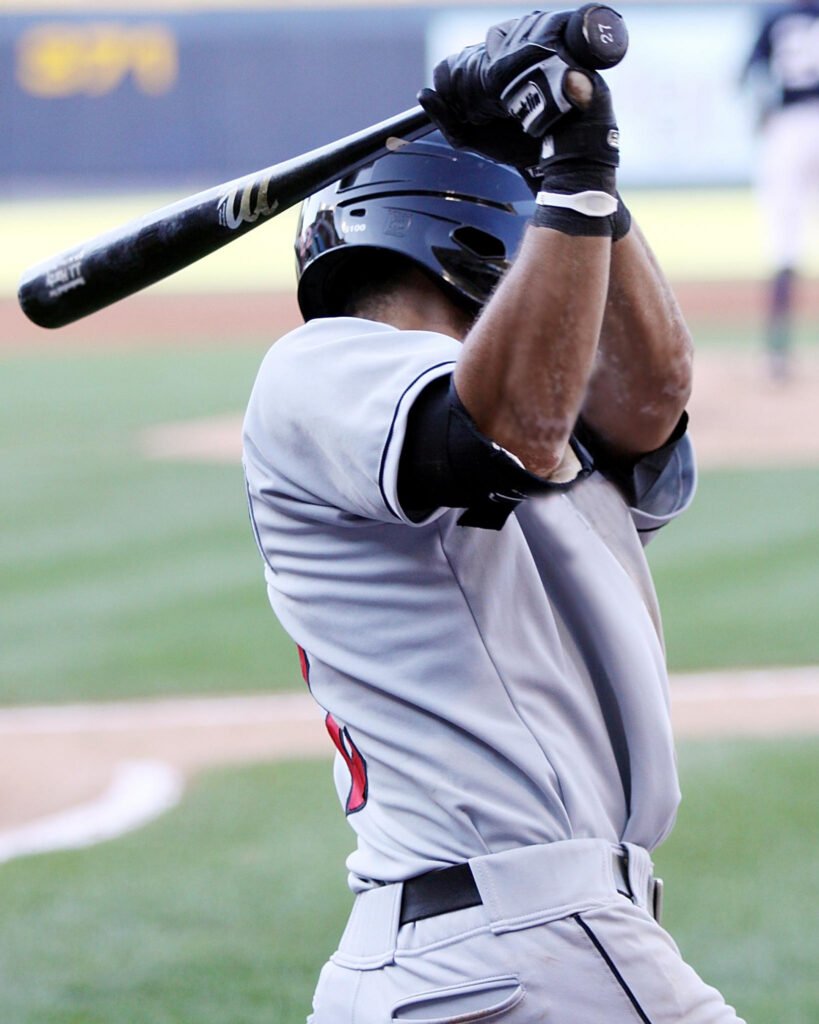
Hitting a fast pitch ball in baseball is an incredibly challenging task for a batter. The time between the ball leaving the pitcher's hand and the batter deciding to swing is very limited, usually around two-tenths of a second. In this brief window, batters need to assess the trajectory, speed, and spin of the ball to make an accurate swing.
Having dynamic visual skills, honed through sports vision training, can significantly aid in improving a batter's batting average over the course of a season. Enhanced visual awareness, processing speed, and depth perception allow batters to better track the balls movement, anticipate its trajectory, and react with precise timing. These visual advantages can give batters a competitive edge, enabling them to make solid contact with the ball more consistently and increase their chances of achieving a higher batting average.
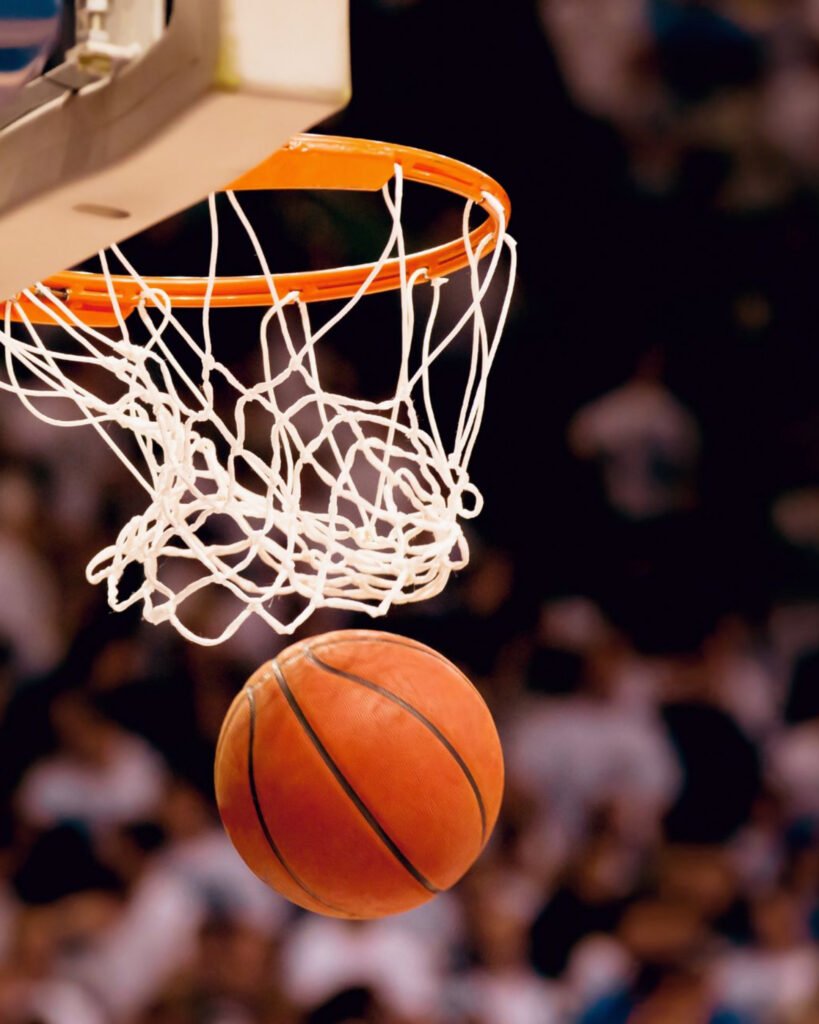
With the fast-paced nature of Basketball, players must have a strong ability to perceive and process visual information quickly and accurately. This includes tracking the constant motion of both players and the ball.
Having high visual acuity allows basketball players to make split-second decisions on the court. It helps them assess the positioning of teammates and opponents, anticipate movements, and identify scoring opportunities.
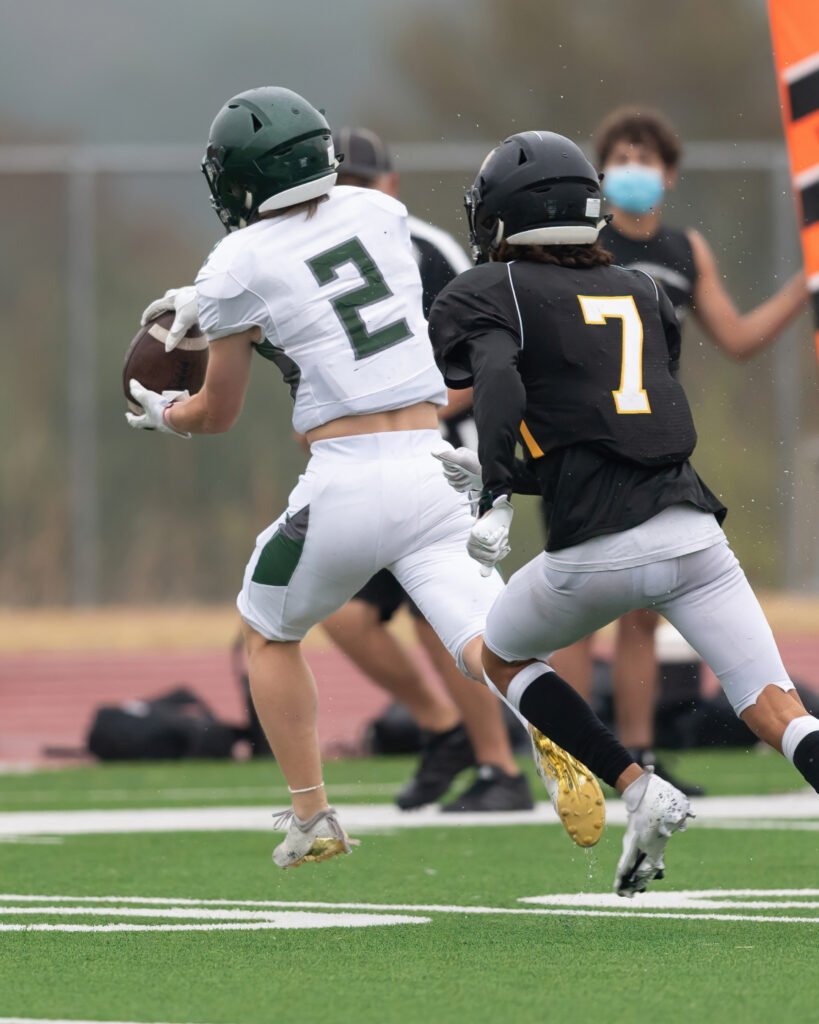
Football is a fast-paced and intense sport that demands high levels of concentration, peripheral vision, reaction time, and situational awareness. Visual skills play a crucial role in ensuring the safety and success of football players on the field.
Each position in football requires specific visual skills to compete at a higher level and reduce the risk of injury. For example, quarterbacks need to have exceptional visual awareness to read the field, identify open receivers, and make accurate passes. Wide receivers rely on peripheral vision to track the ball while keeping an eye on defenders. Defensive players need to quickly process visual cues to anticipate plays and react accordingly. Poor visual skills can lead to missed opportunities, decreased performance, and even increased risk of injury.

Pickleball/Tennis is a dynamic and engaging sport requiring exemplary hand-eye coordination, strategic thinking, agility, and physical endurance. Acuity in spatial judgement plays an integral part in an athlete's performance, helping to accurately gauge the trajectory and speed of the ball. Both precision and timing are key for success in pickleball/tennis, underlining the importance of players maintaining their mental acuity alongside their physical prowess.
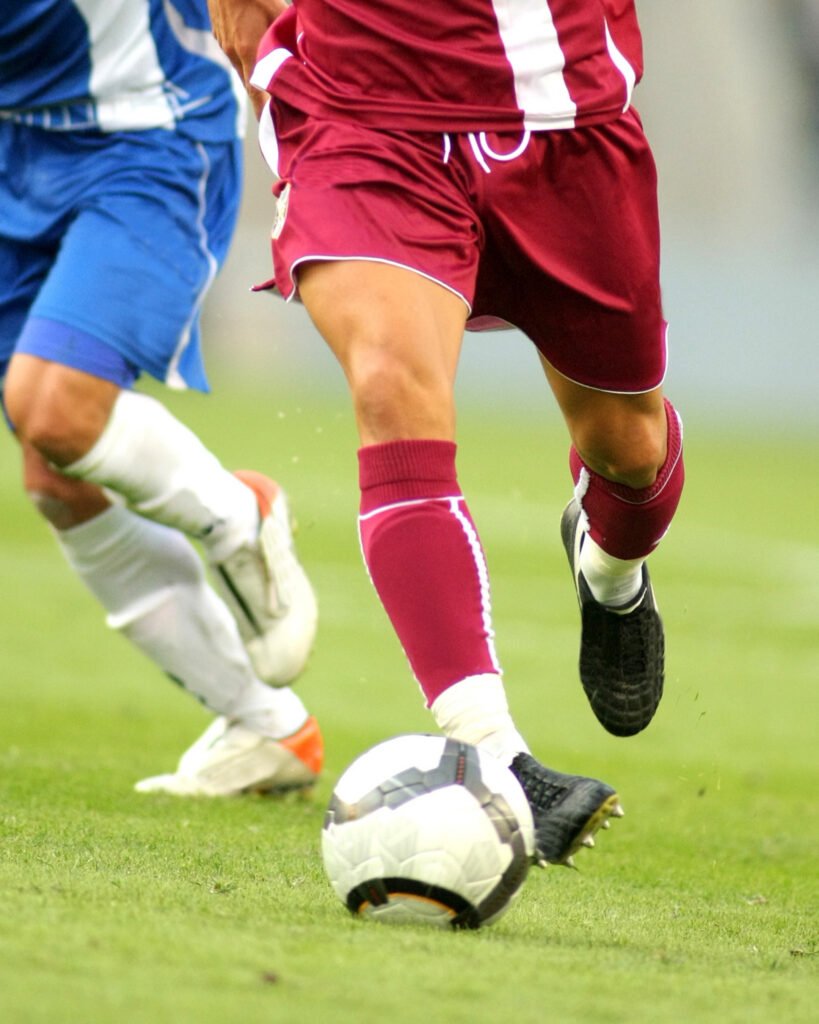
Soccer is a dynamic sport with constant motion involving both player and the ball. Having strong visual acuity is crucial for optimal performance on the soccer field. With dynamic visual acuity, soccer players can anticipate the trajectory of the ball, make accurate passes, execute precise shots on goal, and maintain better spatial awareness on the field.
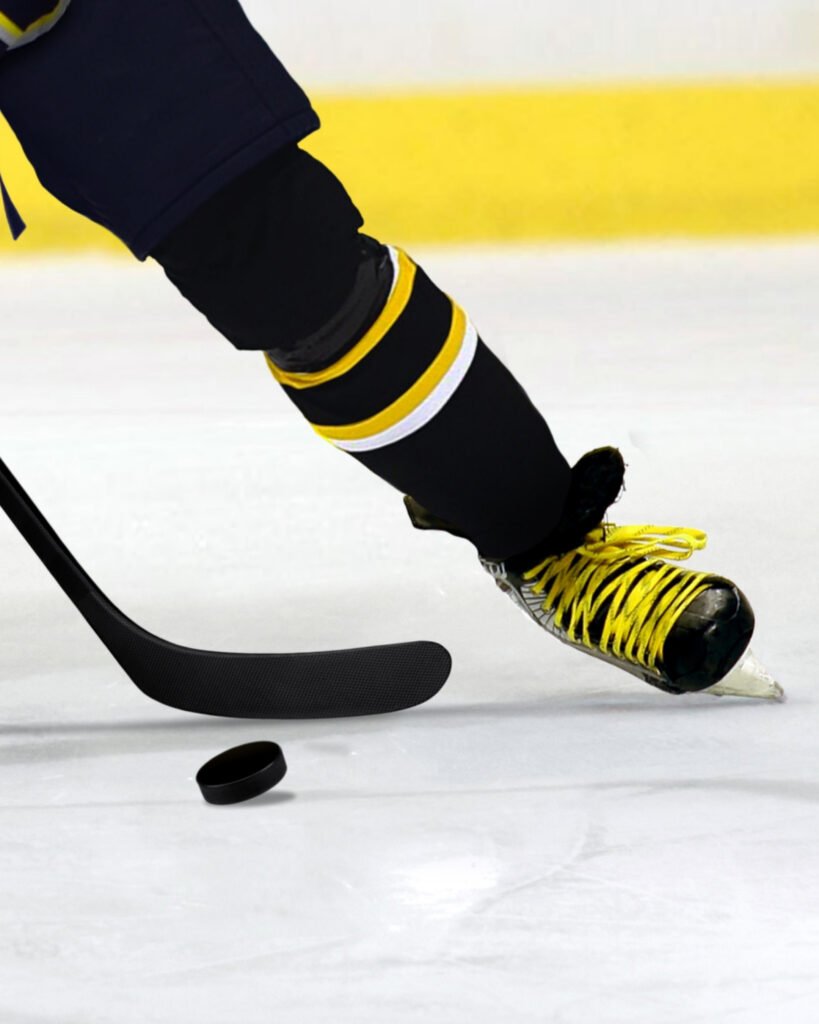
Sport Vision training is effective for almost every sport. Whatever your sports is, if it is involve reaction, eye-hand coordination, peripheral vision, visual acuity, visual processing, concentration, memory, and speed, Ultra SV can help you take your game to the next level. Below are few sports that benefited from Sport Vision Training. Please contact us if you don’t see your sport.